


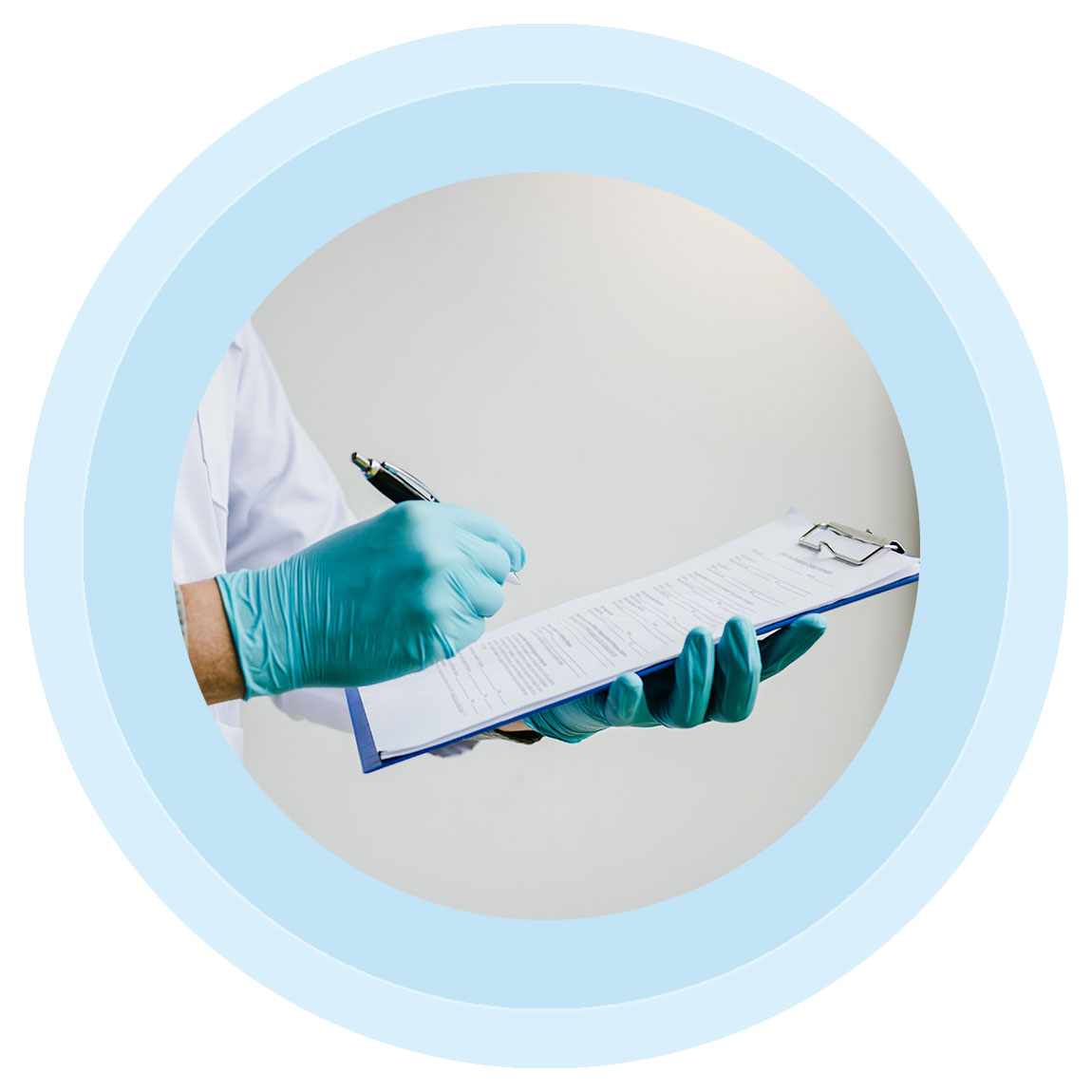

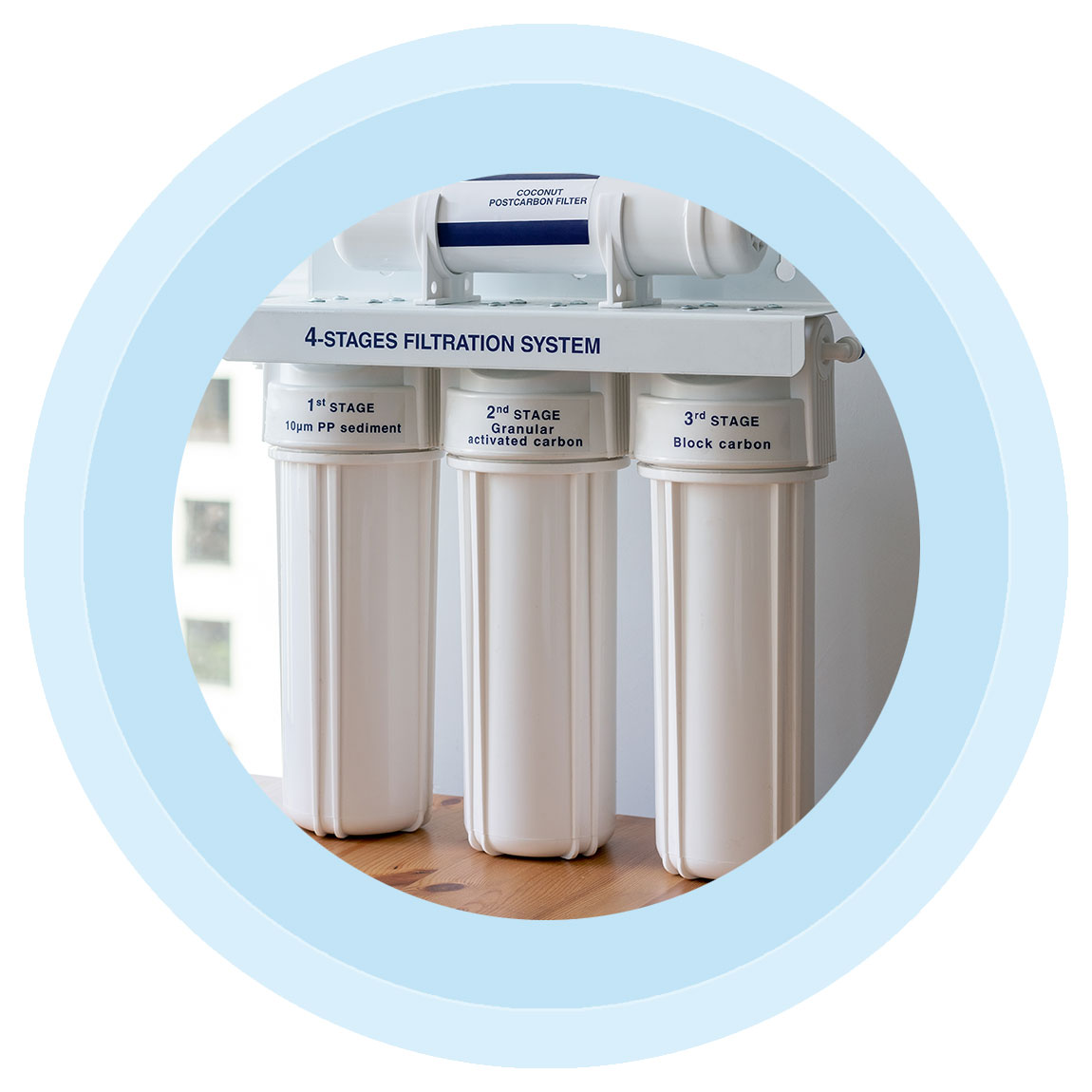
Previous
Next
What we do?
Our Services
Water Analisys
Water chemistry analyses are carried out to identify and quantify the chemical components and properties of water samples. The type and sensitivity of the analysis depends on the purpose of the analysis and the anticipated use of the water. Chemical water analysis is carried out on water used in industrial processes, on waste-water stream, on rivers and stream, on rainfall and on the sea. In all cases the results of the analysis provides information that can be used to make decisions or to provide re-assurance that conditions are as expected. The analytical parameters selected are chosen to be appropriate for the decision making process or to establish acceptable normality.
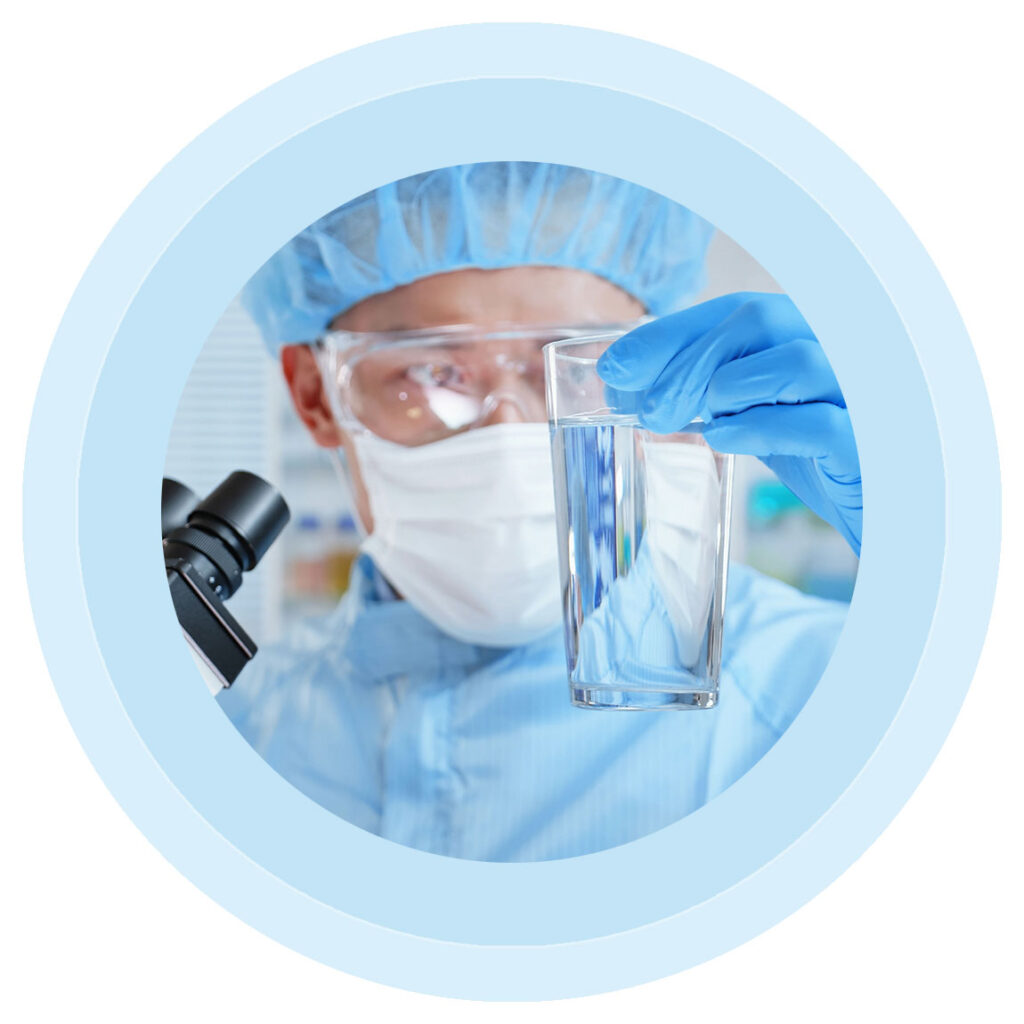
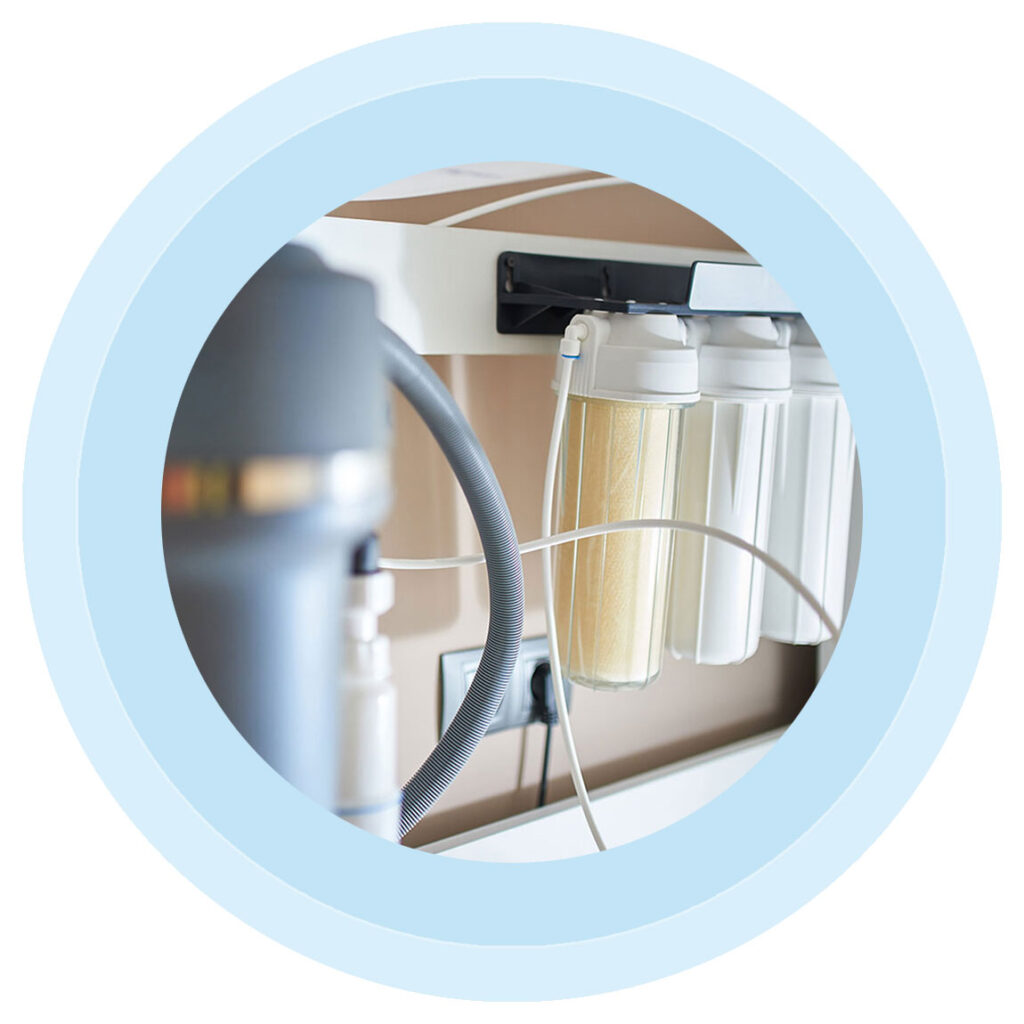
Provide
Water supply is the provision of water by public utilities, commercial organisations, community endeavors or by individuals, usually via a system of pumps and pipes.
Installation
If you are prepared to make a change in your water line installation, the cost of installing a water softener is always a win-win relative to the benefits it will bring you. The price is highly dependent on the capabilities of your water softening unit, which is measured in grains. Typically, the higher the grain count, the higher the cost of the water softener system.
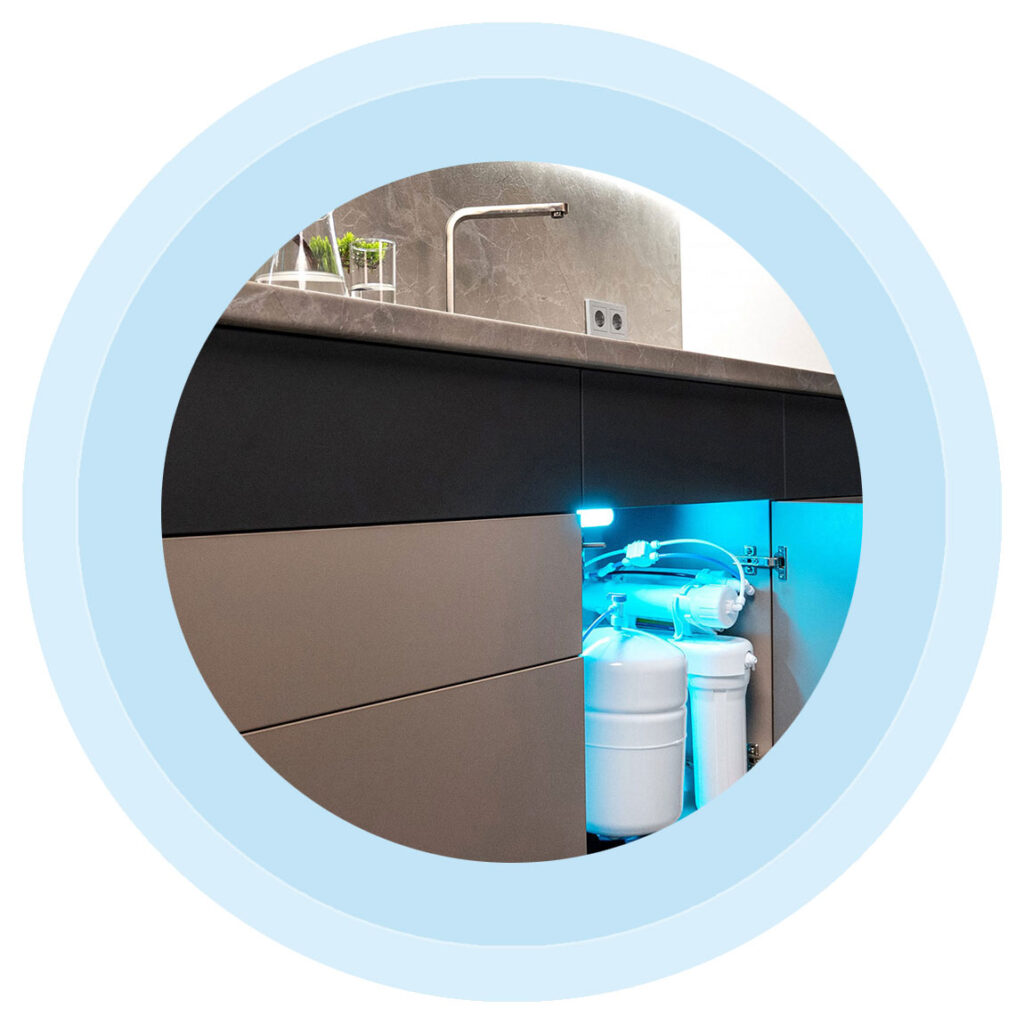
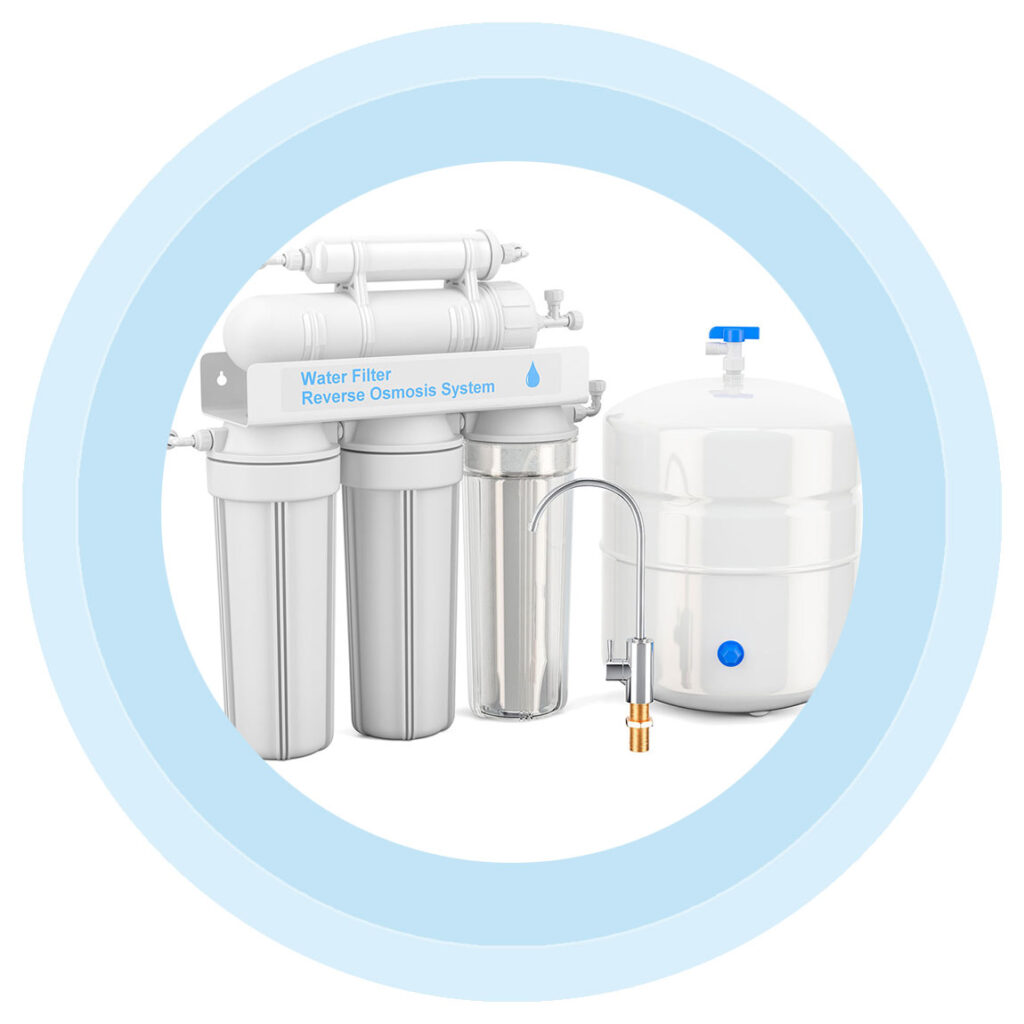
Reverse Osmosis
Reverse Osmosis is the optimal way to rid water of impurities. Specially designed for house and apartment usage, R.O. systems utilize home water line pressure to push tap water through a special membrane. This process significantly reduces the contaminants and conveniently rinses them down the drain. Carbon filtration removes chlorine and chloramine that the municipal water department adds to the water. The carbon filter also improves taste, and removes odor. Prefiltration of the tap water removes all types of sediment. The prefilter traps dirt, rust, and various other particles.
Softeners Repairs
Untreated water enters the brine tank and becomes saturated with sodium (salt). The sodium-saturated water then enters the resin tank, where millions of tiny polystyrene beads attract the sodium molecules and the extra salt water is purged. The brine tank is refilled and unsoftened water enters the resin tank, where the minerals that make water hard—calcium and magnesium—trade places with the sodium and attach themselves to the beads until there are no more sodium molecules to make the trade. At this point, the cycle starts over when the water softener regenerates by scrubbing the hard minerals off the beads and draining the wastewater. To get your soft water flowing again, here are three fixes you can easily perform.

